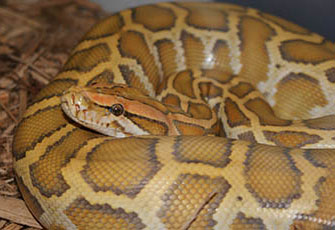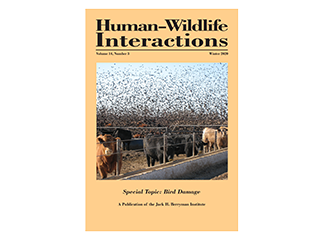Brown Tree Snake
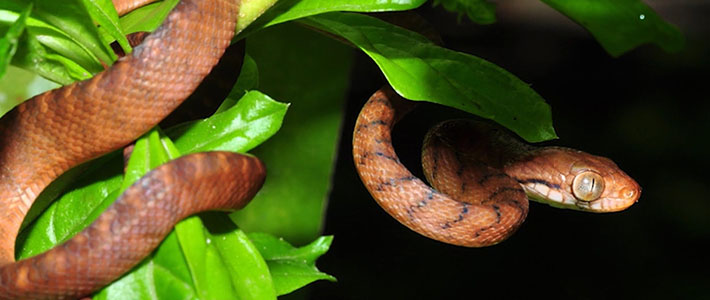
Brown Tree Snake (Boiga irregularis)
Native to the eastern and northern coasts of Australia, eastern Indonesia, Papua New Guinea, and northwestern Melanesia – the brown tree snake (Boiga irregularis) is an arboreal (tree dwelling) species of the Colubrid family.
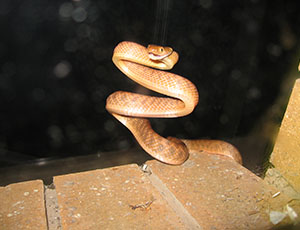
It is most notably known for being responsible for the dramatic decline of the majority of native bird populations in Guam. Its introduction occurred in Guam shortly after WWII and quickly spread throughout the entire island with numbers believed to have once reached 100 snakes per hectare.
The population’s boom was a result of high food abundance (Guam’s high diversity of avian fauna and small forest mammals) and had detrimental impacts to the native communities throughout the island. The snakes are currently believed to have reached the islands carrying capacity (maximum availability of food and shelter resources), which is facilitating the decline of the species through depleted food resources in combination with the government’s eradication efforts which employs an acetaminophen injected mouse strategy.
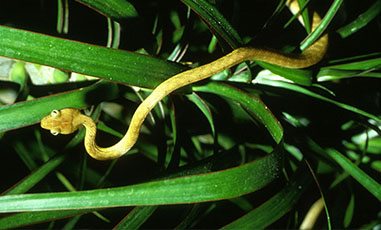
The mice are injected and placed in a trap to be found and consumed by the snakes, which are highly sensitive to the active ingredient in Tylenol and other drugs – acetaminophen. These efforts have been largely successful, however, the island’s loss in biodiversity and species abundance will be felt for ages.
Notable Characteristics and Adaptations
- Venomous – rear fanged
- Typically around 3-4 ft. long but may reach up to 10 ft. in length
- Nocturnal
- Generalist species (able to utilize a wide variety of prey)
- Inhabits (unexclusively) tree cavities, caves, and limestone outcroppings
Help Solve the Problem
- Report any sightings to Mr. Jim Stanford, the Brown Tree Snake Rapid Response Team coordinator for the U.S. Geological Survey.
- 24 hr. hotline = (671) 777-HISS (4477)


